Welcome back to the WebWiskee Success Series. Part 3 is designed to help you prepare your content so that it’s ready to go when you build your WebWiskee website.
Coming from the marketing space, our team has built hundreds of custom WordPress sites for our clients. Believe it or not, one of the things that creates the biggest impact on the success of your website is the copy.
First things, first! You know you need to have something to say on your website… Let’s make sure you say the right thing!

Get Found On Google
Adding targeted keywords and phrases throughout your website will help your ideal customer to find your business!
When someone searches for a company that does what you do and your business shows up on the first page of GOOGLE, you have a better chance of being found and making a sale.

What Are Your Customers Searching For?
So, what should you write? The first step is to figure out what your customers are searching for. A good place to start is with your target customer’s pain points from our previous email exercises.
Keep in mind, your ideal customers aren’t necessarily searching for YOU—they’re searching for a solution to their problem.
Here are some easy and free ways to figure out what to write, using keywords.
Put yourself in the shoes of your ideal customer.
What would they type into a search bar to find a company like yours? This can be something like “accountants near me,” or “how to clean a saltwater aquarium.”
The goal is to show up on the first page of the search results, and that can’t happen without great keywords.
WHY DOES THIS MATTER? Because the right keywords in your website’s copy means that the right customer finds your business.

Digging Deeper
Once you’ve experimented with a few search terms, it’s important to see the different ways people can search for the same item.
For example, some people may search to rent a “bouncy house” for their child’s birthday party, but others might search for an “inflatable castle” instead.
WHY DOES THIS MATTER? You’ll want to ensure that you say the right thing a couple of different ways on your website. Think of it as casting a bigger net.

Keep in mind, when writing with keywords, it’s best to make enticing, readable sentences.
You don’t want to just throw together a list of search terms and call it a day.
That won’t please Google or your customers.
Free Keyword Resources
Soovle allows you to explore the most typed-in keywords on multiple search engines based on the keyword root you give it. (It even includes keywords for Amazon and eBay.) It’s also a great brain-stormer as you can slowly start typing in your ideas and allow it to auto-generate its own ideas. This is one of the easiest ways to find keywords.
Ubersuggest allows people a bit more detailed information about how to use the keywords. You can see search volume and get some content ideas.
Answer the Public is a great resource to help generate topics or create content around keywords. This is great for creating blog content, for example. (Although we admit… the guy on the home page is mildly creepy!)

Hang on to these exercises because they will be super useful when putting together the perfect words for your new WebWiskee site.
In part 4 of the WebWiskee Success Series, we’ll map out the Customer Journey. Now that you know what they’re searching for and what they want, let’s make sure you lead them to it, and turn visitors into customers.
The Webwiskee success series
WebWiskee Success Series Part 1 – Targeting Your Ideal Customer
WebWiskee Success Series Part 2 – Your Business’s Super Power
WebWiskee Success Series Part 3 – Keywords: The Key To A Successful Website
WebWiskee Success Series Part 4 – How To Write Your Website Copy
WebWiskee Success Series Part 5 – How To Craft Your Customer Journey
WebWiskee Success Series Part 6 – How To Write Your Story
WebWiskee Success Series Part 7 – How to Choose your Website’s Color Palette and Photos
WebWiskee Success Series Part 8 – How To Optimize Your Photos For SEO and Accessibility
WebWiskee Success Series Part 9 – How To Develop Your Website’s Sitemap



